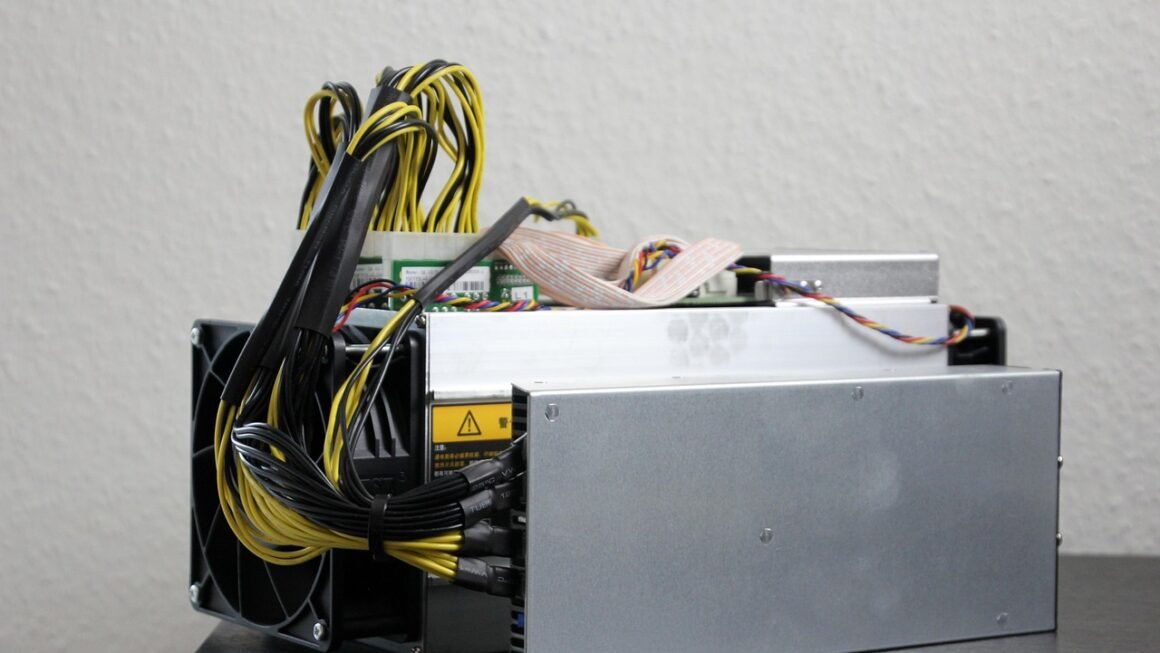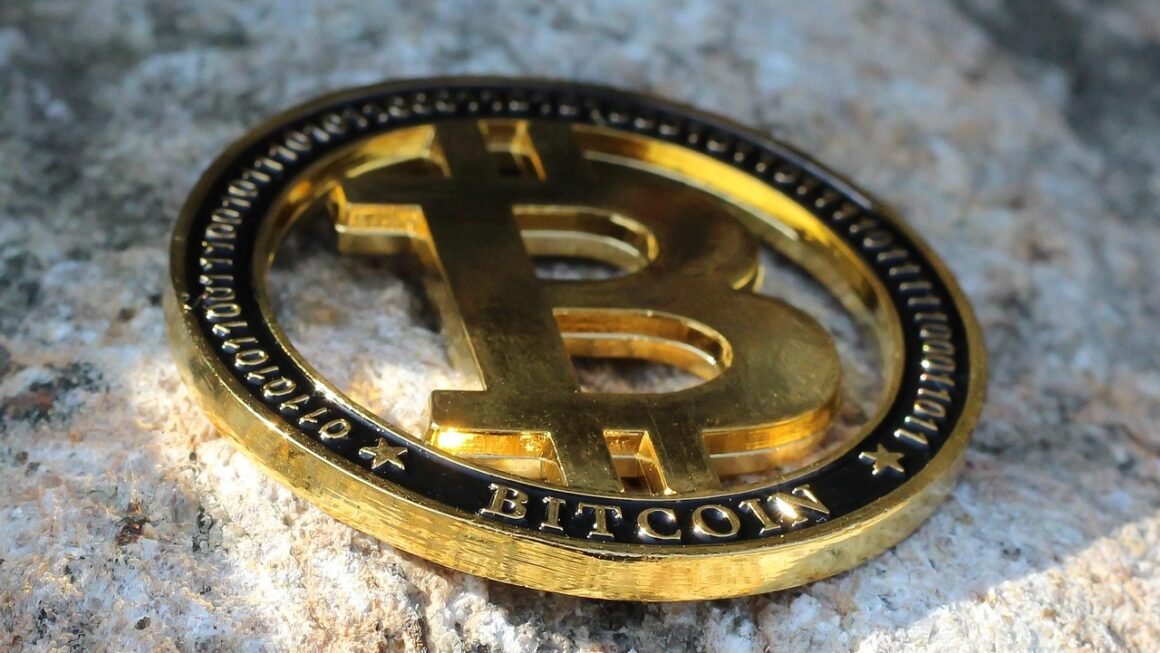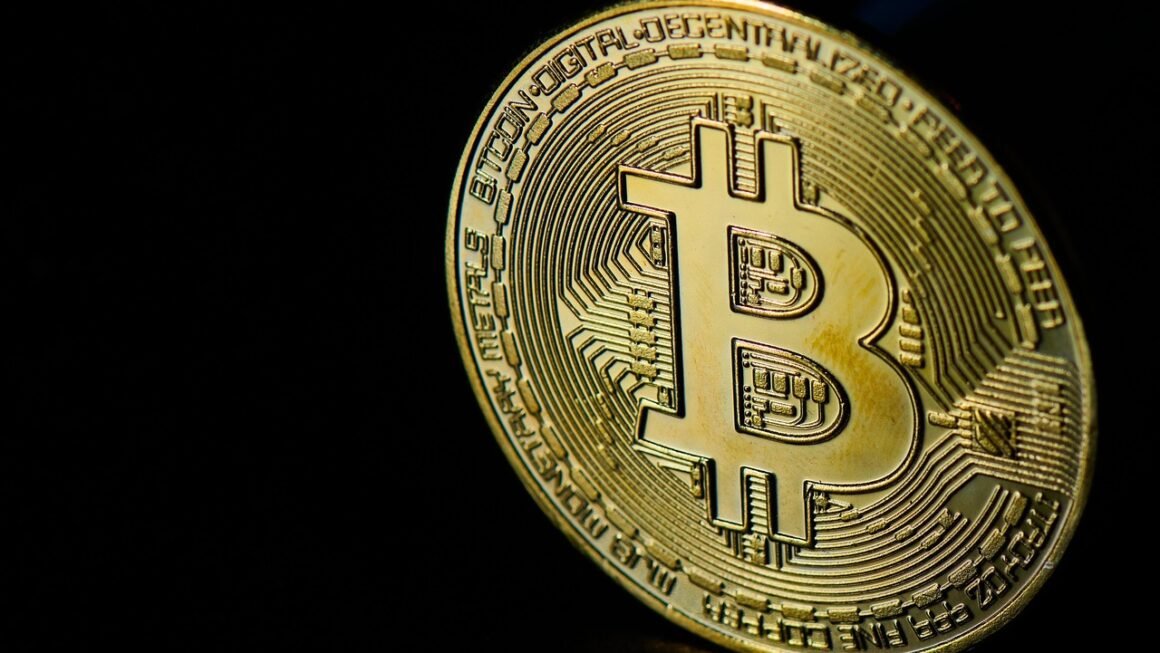Deflationary tokens have emerged as a fascinating and somewhat controversial concept within the cryptocurrency landscape. Unlike traditional cryptocurrencies with a fixed or inflationary supply, deflationary tokens are designed to decrease in supply over time, theoretically driving up their value due to scarcity. This mechanism, often implemented through “burn” mechanisms or transaction fees, aims to incentivize holding and potentially create a more lucrative investment opportunity. However, the implementation and success of deflationary token models are far from guaranteed, and understanding their intricacies is crucial before diving in.
What are Deflationary Tokens?
Understanding the Core Concept
Deflationary tokens operate on the principle of reducing the total circulating supply of the token. This reduction aims to create artificial scarcity, potentially leading to an increase in the token’s price. This is often achieved through various mechanisms, the most common being burning. The economic theory behind this approach is simple: as the supply decreases and demand remains constant or increases, the price per unit should increase.
Common Mechanisms of Deflation
- Burning: This involves permanently removing tokens from circulation by sending them to an address with no known private key, effectively destroying them.
- Transaction Fees: A portion of the transaction fee is burned, reducing the overall supply with each transaction. This incentivizes fewer transactions of larger amounts.
- Buy-Back and Burn: The project team uses a portion of the generated revenue to buy back tokens from the open market and subsequently burn them.
- Static Rewards: Part of the transaction fee is redistributed to holders, encouraging holding and reducing the circulating supply over time (though this does not directly burn tokens).
Example of a Deflationary Token: SafeMoon
SafeMoon, despite facing some controversy, provided a clear example of a deflationary token. It implemented a 10% transaction fee, with half redistributed to existing holders and the other half burned, significantly reducing the token supply over time. While the premise seemed promising, the long-term sustainability and actual impact on price were debated.
Benefits of Deflationary Tokens
Potential for Value Appreciation
The most touted benefit of deflationary tokens is the potential for significant price appreciation due to scarcity. As the supply decreases, the remaining tokens become more valuable, rewarding long-term holders.
Incentivizing Holding
Deflationary mechanisms often encourage holders to retain their tokens rather than selling them, as holding allows them to benefit from the supply reduction and potential price increase. This can lead to a more stable and less volatile market for the token.
Community Engagement
The burning process can create a sense of community and shared investment. Holders feel a sense of ownership and participation in the project’s success as they witness the supply diminishing.
Transparent Economics
The deflationary mechanism, when clearly defined and implemented, can provide a transparent and predictable economic model for the token. This transparency can attract investors who appreciate clarity and predictability in their investments.
Risks and Challenges
Susceptibility to Volatility
While the intention is to increase value, deflationary tokens can be highly volatile. Sudden burns or changes in market sentiment can lead to significant price swings, making them risky investments, particularly for newcomers.
Scalability Issues
Token burning, especially when tied to transaction fees, can negatively impact the scalability of the blockchain or network. High transaction fees discourage smaller transactions and can make the token less practical for everyday use.
Pump and Dump Schemes
The allure of quick profits due to scarcity can attract speculative investors and create “pump and dump” schemes. These schemes involve artificially inflating the price of the token and then selling off holdings for a quick profit, leaving later investors with significant losses.
Unrealistic Promises
Many deflationary tokens make unrealistic promises of exponential price growth. Investors should be wary of projects that offer guaranteed returns or overly optimistic predictions, as these are often red flags.
Regulatory Uncertainty
The regulatory landscape surrounding cryptocurrencies, including deflationary tokens, is still evolving. Changes in regulations could impact the legality and viability of these tokens.
Evaluating a Deflationary Token Project
Understanding the Burn Mechanism
Carefully examine how the token burning mechanism is implemented. Is it automated, transparent, and sustainable? A well-designed burn mechanism is crucial for the success of a deflationary token.
Assessing the Token’s Utility
Consider the actual utility of the token. Does it have a real-world use case, or is it solely dependent on the deflationary mechanism for value? A token with limited utility is more likely to fail in the long run.
Reviewing the Team and Community
Research the project team and their track record. Are they transparent, experienced, and committed to the project’s long-term success? Also, assess the strength and activity of the community. A strong and engaged community can be a valuable asset.
Analyzing Token Distribution
Check the distribution of the token supply. Is it concentrated in the hands of a few individuals or entities? A highly concentrated supply can make the token vulnerable to manipulation.
Reading the Whitepaper and Roadmap
Thoroughly read the project’s whitepaper and roadmap. Understand the project’s goals, vision, and plans for the future. A well-defined roadmap can provide confidence in the project’s direction.
Examples of Deflationary Token Projects
Binance Coin (BNB)
BNB is a deflationary token used within the Binance ecosystem. Binance regularly burns BNB tokens using a portion of the exchange’s profits, reducing the overall supply and theoretically increasing the value of the remaining tokens. This has been a relatively successful example, although its association with a major exchange provides it with advantages not available to smaller, independent projects.
Pundi X (NPXS) (and subsequently PUNDIX after a token swap)
Pundi X is a project that aims to make cryptocurrency payments more accessible. While the original token, NPXS, was inflationary, it has since undergone a token swap to PUNDIX, which has a fixed total supply, but does not implement active burning in the traditional sense. While not strictly deflationary in the burning method, the fixed supply contributes to scarcity over time if demand grows. This highlights how projects can evolve and adapt their tokenomics.
Considerations Before Investing
Before investing in any deflationary token, it’s essential to conduct thorough research and understand the risks involved. Consider the following:
- Market Capitalization: Assess the token’s market capitalization and trading volume. A low market cap and low trading volume can indicate a higher risk of manipulation.
- Liquidity: Check the liquidity of the token on various exchanges. Low liquidity can make it difficult to buy or sell the token without affecting the price.
- Due Diligence: Always conduct your own due diligence and consult with a financial advisor before making any investment decisions.
Conclusion
Deflationary tokens present an interesting but complex approach to cryptocurrency economics. While the potential for value appreciation due to scarcity is attractive, it’s crucial to understand the associated risks and challenges. By thoroughly evaluating the project, understanding the burn mechanism, assessing the token’s utility, and conducting proper due diligence, investors can make more informed decisions about whether or not to invest in these unique digital assets. Remember, the cryptocurrency market is highly volatile, and investing in deflationary tokens should be approached with caution and a clear understanding of the potential downsides.



